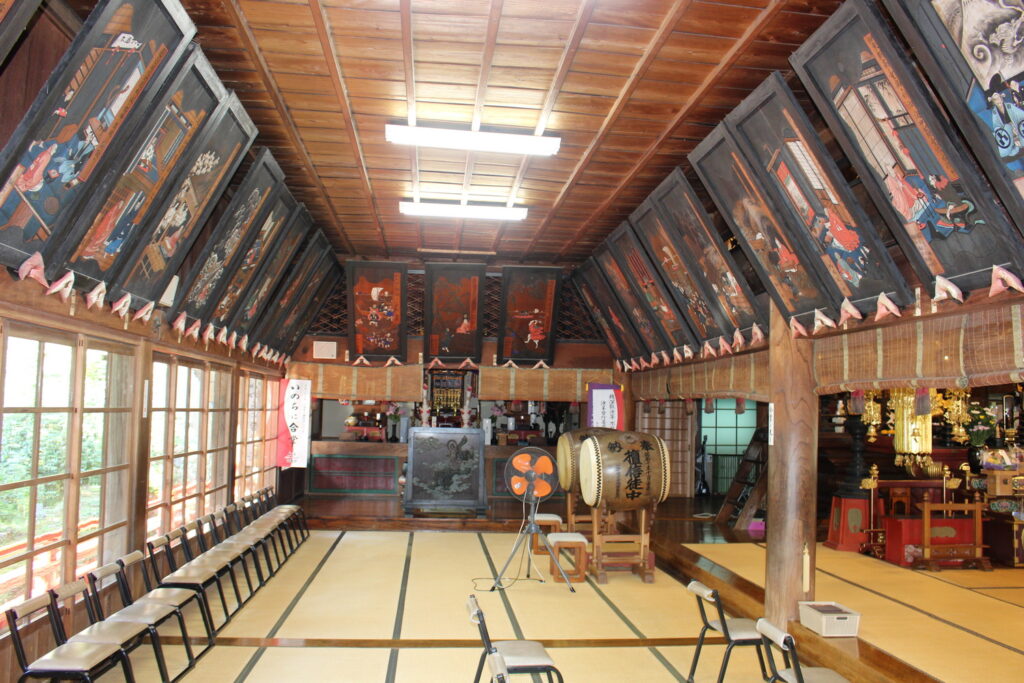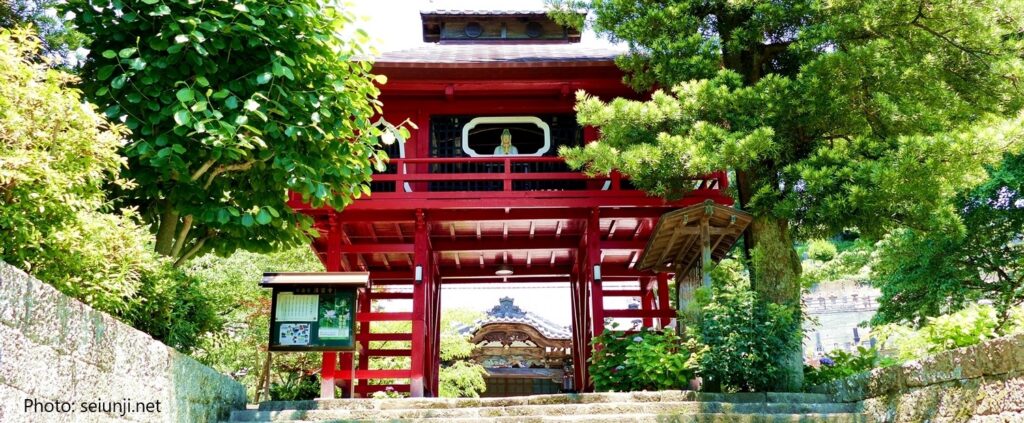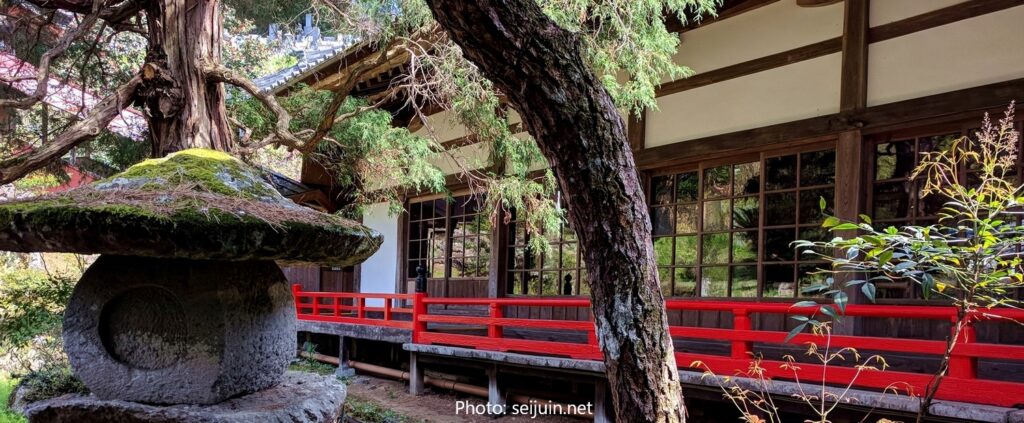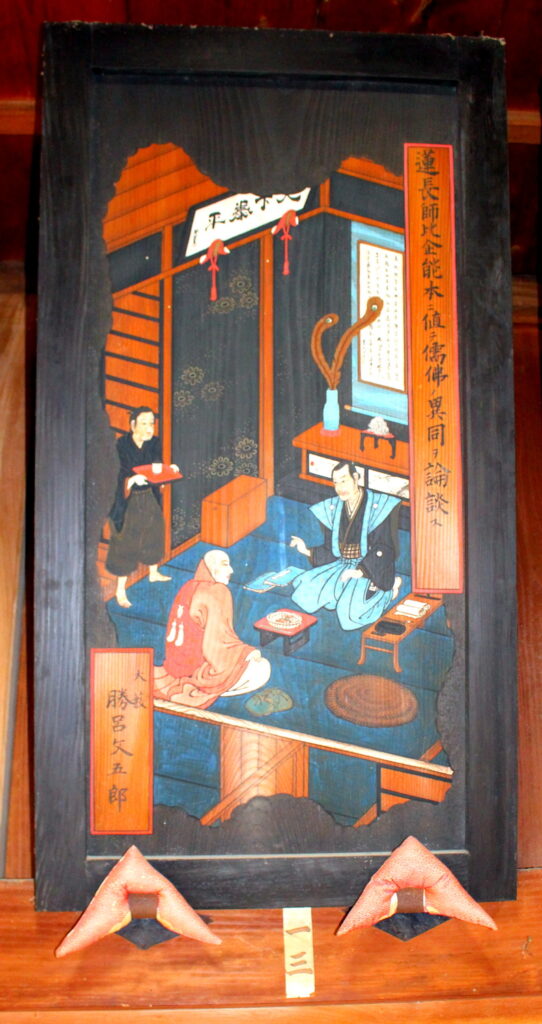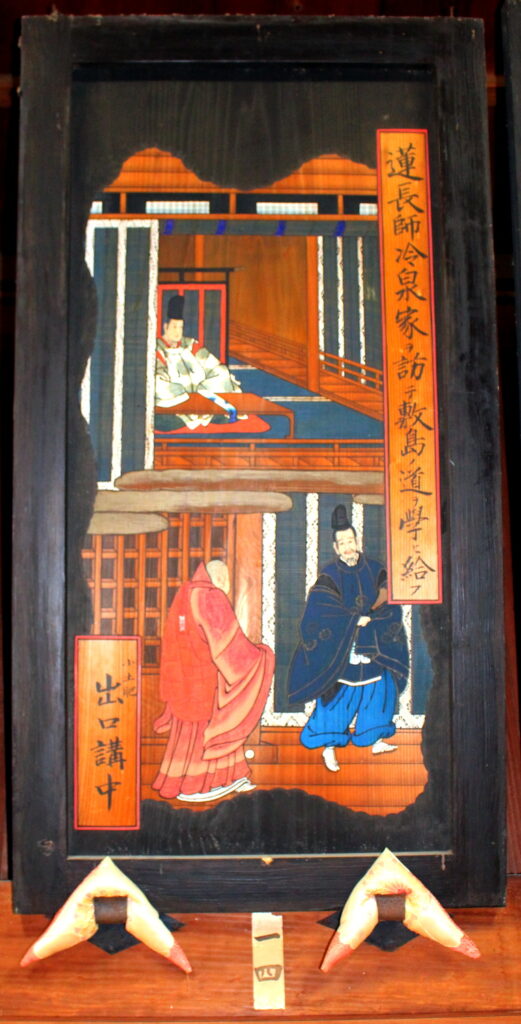What is it about the Izu Peninsula?
I’ve visited many places in Japan since my first visit 30 years ago. There are so many cool places that I absolutely love.
I have a strong connection to Tokyo. My wife was born and raised in Kitazawa, a neighborhood in Tokyo that includes Shimokitazawa, one of the most desirable places to live. I lived in that house when I went to college and later worked as an English teacher.
But since we moved to Izu, I am obsessed with exploring and learning about this place, and I am always rewarded.
Today, I spent time along the west coast of Izu between Matsuzaki and Toi, an area I have been to many tiimes. At the end of the day, I stopped into a temple in Toi called Seiunji.
I turned up the wrong street and saw a small shrine, but not a temple. Luckily, a woman was coming out of a nearby building. I called out, “Excuse me. I’m looking for Seiunji, do you know where it is?” She said, “The temple Seiunji? Just go out here, turn left, go down one or two streets and you’ll see an abandoned elementary school. It’s right next to that.” I thanked her and went on my way.
There was some parking next to the elementary school, so I pulled in. As I got out of my car, I saw the woman pull up in her car. She opened the window and called out, “You can park right next to the temple. Follow me. I’ll show you.”
I thanked her and followed her up a small alley that wound up to the temple. Sure enough, there was a big parking lot where I pulled in, jumped out, bowed and thanked her several times with a relieved, “tasukaremashita! – You really helped me out!” She smiled and waved and went on her way.
This is not something that happens only in Izu, of course, but it happens often here. People are quite friendly.
I’d heard about this temple before. It was apparently the family temple of the lord of Toi Castle during the Hojo era, roughly the 1200s. It’s one of the older temples in the area.
I walked up to the temple reception area and was greeted by a cheerful old woman whose husband is the resident priest. He was out, so I explained that I’m a guide and always looking for new places that might interest foreign tourists. She was very happy and explained that she always thought this temple has a charm that foreign tourists would enjoy, and the few who find their way here do. She can’t speak English, but she really wants to share this local treasure.
This also is not exclusive to Izu. Few Japanese people speak English, but they really want to share the stories and places they are so proud of.
The most prominent feature of Seiunji is a series of paintings that tell the story of Nichiren, the founder of that temple’s sect of Buddhism. There are 90 paintings hung along the walls of the temple, all representing the chronological unfolding of events in Nichiren’s life. Each painting was commissioned by an individual parishioner during the late Meiji era (1800s).
The friendly woman who escorted me to the temple, the cheerful temple caretaker, the amazing history, the beautiful temple grounds . . . This happens virtually every time I go out to explore.
Of course, places like Kyoto, Tokyo, Nara, and Kamakura have endless cultural treasures. That’s expected for places that are or were centers of imperial and military power. But to find these smaller treasures in unexpected places way off the beaten path adds a great measure of wonder and awe.
My first trip to Izu was also about 30 years ago. I’ve been here many times since, and I’ve lived here for the last 5 years. Although I know a lot about Izu, I feel like I’ll never discover it all. I’ve heard the same thing from people who were born and raised here.
If you’re looking for a place that’s off the beaten path, but not too far off, why not visit Izu? Hiring a local guide makes it possible to talk with locals and find hidden treasures that you’d never find on your own.
Jimmy’s Izu Tours – https://discoverizu.com/tours/

